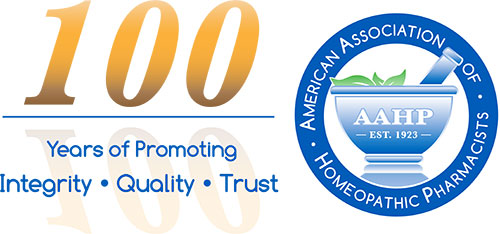4 Simple Ways to Keep Your Homeopathic Manufacturing Process Safe and Effective
Each day AAHP works to promote excellence in the practice of homeopathic manufacturing. While achieving true excellence is a lofty goal, it begins with a few simple principles you can start to implement today.
We’ve reviewed recent Warning Letters from the U.S. FDA—which highlight some of the most common missteps and shortcomings—and have put together these four basic ground rules that can help any homeopathic manufacturer or marketer strive toward excellence.
- Keep It Clean
While keeping the manufacturing facility clean and orderly is a no-brainer, it’s so important that that the obvious needs to be stated. When dealing with tinctures and in-process materials, all the way to finished drugs and every step in between, remember to make sure all cleaning protocols have been validated and are in writing, and ensure they are followed by all personnel. Pay special attention to water quality and the overall hygiene of employees and equipment.
- Vet Your Suppliers
Quality depends on the entire manufacturing process and every component up and down the supply chain. That means you are responsible for the quality of the raw materials that go into your products—so it’s crucial to thoroughly vet all your vendors. In one recent case from FDA, a manufacturer was using raw materials from an overseas supplier that had been put on import alert for cGMP violations. While this isn’t a good situation, what’s worse is that the domestic company knew about the import alert and continued using that vendor until FDA stepped in. The lesson here is twofold: vet your suppliers AND take immediate action if you notice changes or gaps in their production or quality.
- Know Your Contract Manufacturers
Just like your materials suppliers, you should also have a thorough understanding of any contract manufacturers you engage. Another recent Warning Letter from FDA cited a product owner that contracted from a manufacturing operation that didn’t have a quality unit. In fact, it seemed like the product owner didn’t know much about the contract manufacturer at all. Without documented quality processes, there is no way to ensure the safety, identity, strength, and purity of a drug product. In the eyes of regulators, each contract manufacturer is an extension of your company; you need to view each contract manufacturer from the same critical perspective.
- Check the Math
In continuation of the above case, FDA went on to inspect the contract manufacturer. It appeared that the contract firm did not understand the concept of homeopathic dilution; they were simply following instructions from the customer. When asked about the dilutions and the resulting drug concentration, the contractor stated the drug products matched the concentration on the label. FDA did the math and found, in fact, that the dilutions were off—way off. Regardless of whether you’re working in your own facility or with a contract partner, understand the dilution process and double, triple, quadruple check your and their math. Take steps to ensure the production process –whether in-house or under contract – results in the desired homeopathic attenuation. The drug products must match the product label.
Want to learn more about the principles and FDA cases cited above? AAHP members and leaders heard insights directly from Francis Godwin, Director of Office of Manufacturing Quality (OMQ) in FDA’s Center for Drug Evaluation and Research, Office of Compliance (OC), during our recent virtual Summit. To learn more about safety, quality, and FDA expectations, we’ve made the whole program available for purchase and have released a free sample slide deck. Get on the path to excellence today!
